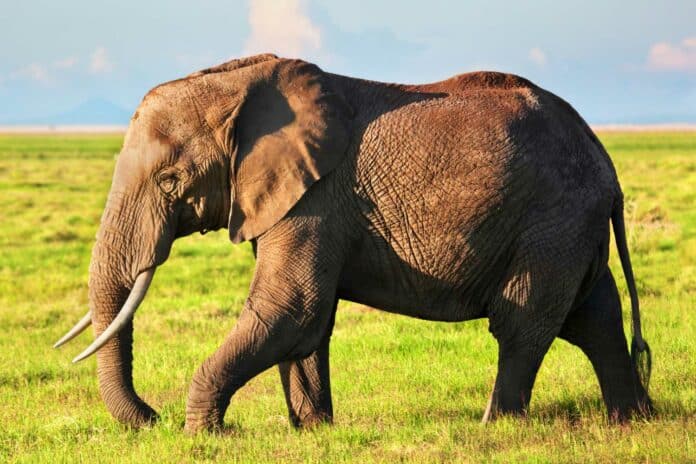The decline of elephants in Africa is attributed to habitat loss and increased human-wildlife conflicts, exacerbated by climate change. It is essential to comprehend how different age classes of elephants respond to these challenges to develop effective mitigation strategies.
Understanding these responses can enhance the adaptive capacity of wildlife managers to address the complex issues elephant populations face in the context of habitat changes and human interactions.
Researchers from the University of Massachusetts Amherst and the Wildlife Conservation Society (WCS) have conducted groundbreaking research on how global climate change impacts African elephants. The study indicates that older elephants face significantly reduced chances of survival due to climate change, affecting the species’ overall resilience and triggering ripple effects in the surrounding landscape. The research team has also developed mitigation scenarios, with WCS already implementing them to address African elephants’ challenges.
Africa’s Greater Virunga Landscape (GVL) is a crucial area for biodiversity, home to a population of critically endangered African elephants. Researchers from the University of Massachusetts Amherst and the Wildlife Conservation Society (WCS) utilized a systems dynamic model to study the complex interactions between the environment, climate change, and elephant demography in GVL.
This model can look at all the different environmental and population dynamics within a system. For the first time, scientists can get a comprehensive vision of the future of African elephants in the face of climate change.
The researchers developed a systems dynamic model incorporating data on elephant numbers, historical landscape changes, and future climate change scenarios (representing 1.6º, 2.8º, and 4.3º Celsius of warming over the next 80 years). They assessed the impact of each climate scenario on five age brackets of elephants: under ten years old, 11–30, 31–40, 41–50, and over 50 years old.
Lead author Simon Nampindo said, “We found that the older elephants will be massively affected by warming under every scenario. Elephants are matriarchal—their leaders are the older cows, and the herds depend on their wisdom, long memories, and ability to outsmart prey, and if they are lost to changing climate, it will wreak havoc on the surviving, younger herds, as well as change the genetic profiles and structures of the herd. There will also be ripple effects through the GVL’s landscape.”
Timothy Randhir, professor of environmental conservation at UMass Amherst, built a systems dynamic model said, “But, this model not only tells us what the threats are, but we can also use it to tell us which policy possibilities will be most effective in helping African elephants to survive.”
For species like elephants that migrate across national boundaries, understanding the impact of different policies is crucial for coordinated management. The study emphasizes the need for a comprehensive management strategy in Africa’s Greater Virunga Landscape (GVL) at national, regional, and local levels to address poaching threats.
Anti-poaching efforts, community-led programs, and education in areas with human-elephant interaction are essential. Additionally, managing the GVL landscape to mitigate habitat fragmentation, fire, and invasive species is crucial for the conservation of elephants in the region.
Nampindo said, “These results are very important to WCS. If we can do a good job at protecting elephants, our efforts will reverberate to other species, such as lions and mountain gorillas.”
Journal Reference:
- Simon Nampindo, Timothy O. Randhir. Dynamic modeling of African elephant populations under changing climate and habitat loss across the Greater Virunga Landscape. PLOS Sustainability and Transformation. DOI: 10.1371/journal.pstr.0000094
